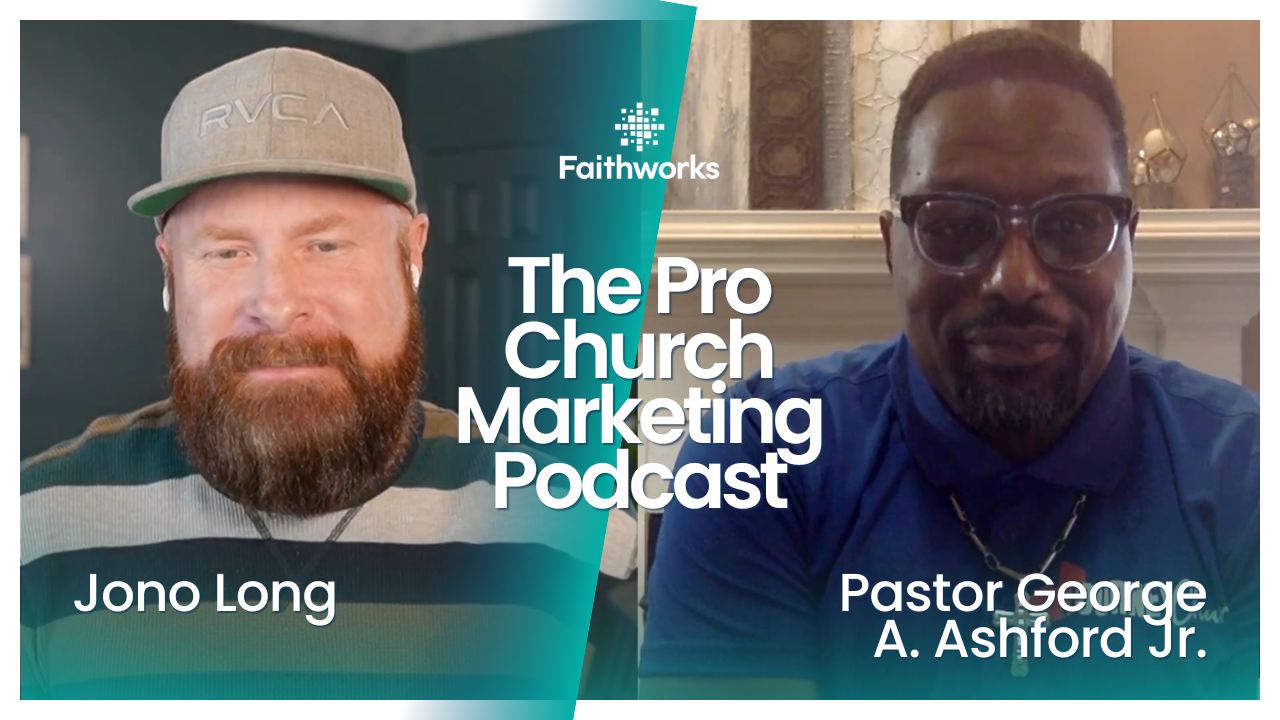6 Creative Church Marketing Ideas and Techniques to Try Out
Like any other business or organization, a church regularly requires marketing techniques to expand a strong congregation of devoted, lifelong members.
The church is a unique and essential part of our society. It's where people can come together to worship, learn, and grow in their faith.
To continue serving its members and the community, the church must adapt and evolve with the times. One way to do this is to market itself effectively through using strategic digital marketing for churches.
Some church marketing ideas can help you reach more people and grow your congregation. Here are a few to consider and where can you find a church marketing agency:
6 Church Marketing Ideas to Try
Any marketing plan should prioritize advertising for churches. Community people are unlikely to attend a service if they are uninformed of your church and the motivation behind what you do. Getting to know your church better helps increase attendance and new members.
Distinctive Branding
You need to employ distinctive branding to make your church stand out because there are churches everywhere. If your plan is effective, people will see your church on billboards, front lawns, notice boards, and car stickers.
Think of all the potential hangouts for new members. If you have an intriguing and eye-catching logo, it will help you build your visual identity in the community and make your current programs more unified.
Events
This may entail hosting events at the church or contacting potential churchgoers in the local area. Another approach to remain in touch is to send pre-written cards to church members on their birthdays, anniversaries, or other important life occasions. Inform them that you are considering them and are curious about their activities outside Sunday mornings.
Inspirational Initiatives
After establishing your website and social media presence, think about how you may inspire members outside Sunday services. You may send coworkers a link to your most recent podcast, blog post, or youth group activity during the workday.
To maintain everyone's attention, don't forget to include a quick passage from the Bible or a funny meme in the summary of your Sunday sermon.
Keep in mind that consumers frequently browse social media. Posting continually will maintain your church's name in the public eye.
Optimized Website
Some businesses and nonprofits solely use social media for advertising local events. Wherever potential members see your advertisements, there's a good chance they'll click on your website to learn more.
Therefore, having a speedy and efficient website is crucial. Ensure your landing pages are standard and your images are prepared for quick loadings, such as those for your contact, about, and programs pages.
You could even want to consider writing and releasing an SEO-optimized blog post each week to enhance organic traffic to your website.
Handwritten Postcards
A handwritten, personalized message will always be valued, regardless of how much a community may change.
Receiving direct mail may provide prospective members with a memorable experience that sets your church apart. Create mailers that showcase your church's values and include an offer for these folks to join your welcoming community.
Video Marketing
Establishing your video marketing plan is a great moment because so many churches can now pre record or stream sermons online.
YouTube is the easiest place to publish a video. After you've posted your video, you may link to it or embed it on your website or social networking pages. Live broadcasting on social media is also useful. Be sure to offer a variety of subjects and lengths to attract potential new members.
Conclusion
You can implement any of our suggestions into your church's marketing plan. However, nothing is ultimately as kind and hospitable as a customized, handwritten note. Reach out to the church members and thank them for their unwavering loyalty and support. Send personal letters to potential members inviting them to your church and outlining its tenets.
Faithworks Marketing creates and maintains websites, particularly for churches and NGOs around the US, assisting you in increasing traffic to your website and through your doors. Contact us for
digital marketing for churches!

Latest Posts




© 2025 All Rights Reserved | Faithworks Marketing







